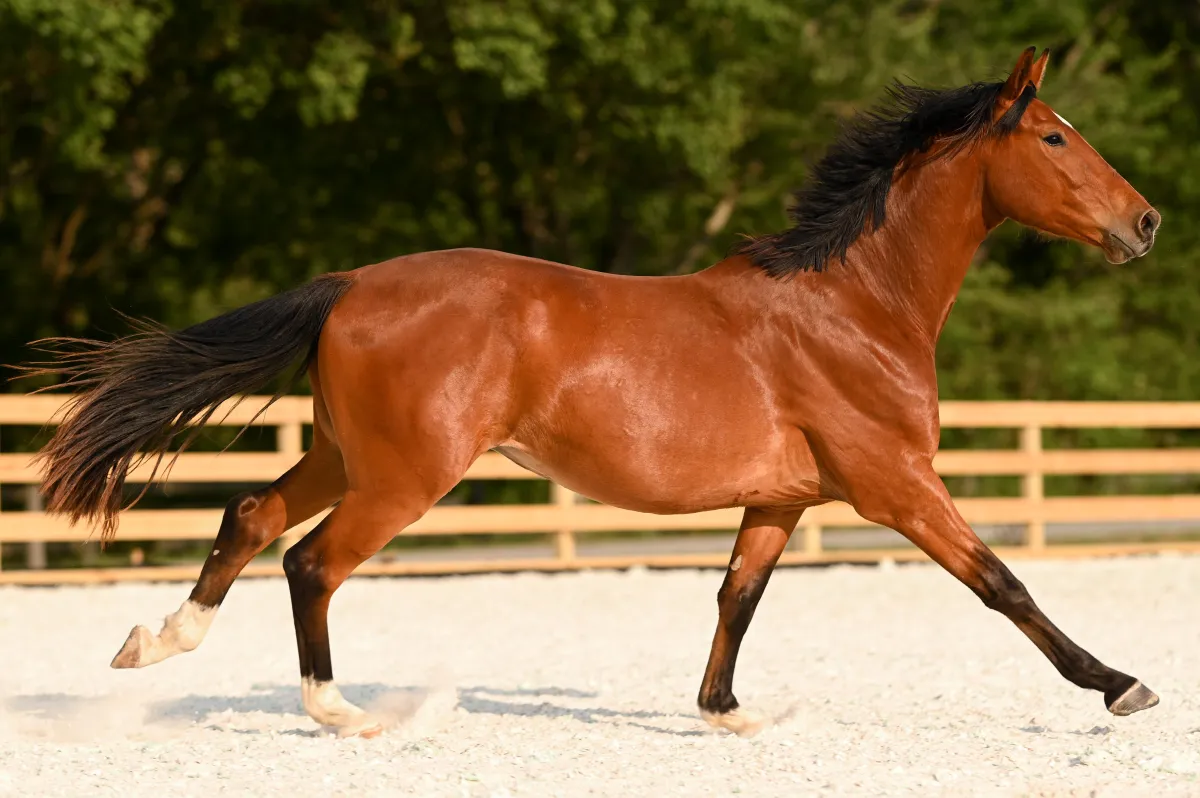Bent River Equestrian's Blog
Writing to improve our riding and training.

Control
How much control do you have in your life?
Of your circumstances? Of your thoughts? Of your attitude? Of what you put in your body? Of your body language? And finally, of your horse?
I, for one, can not begin to tell you how much my life and my relationship with my horses improved when I gave up my desire for control. Years ago, my horses knew which days I was eaten up with worry and anxiety, which days I was channeling it for “good”, and which days the anxiety had won. Lucky for them, I avoided them on my most anxiety wrought days.
Anxiety - wasn’t I supposed to be discussing control? Yes, and they are closely related. Anxiety comes from lacking control of our circumstances or thinking too much about things we can’t control.

So how can you reduce your own anxiety? The best way to start is by controlling your thoughts. If you can’t prevent your negative and anxiety provoked thoughts, such as “This will never work out!” “This horse is going to bolt!” “The vet is going to find a career ending issue today!” you can at least counter them with a counter thought three times for every negative thought. “This may work out!” “This horse feels nervous, and he is going to respect me” “The vet is here to give me peace of mind”. All repeated three times. One day, you will realize how much less anxious you feel!
Starting young horses has helped me relinquish control - as I start them, I give up on worrying about what track or line they’re on as long as they are seeking the bit. Seeking the bit creates enough submission (obedience) to my other commands (changes of speed and gait, steering forgone). Working the babies with longlines showed me how to prioritize them as a whole being in space, not on my human idea of a 20m circle or on the rail. As trainers, we have to choose what lessons are most important to our horses and students each day in order to shape their bodies and minds positively.
At first, I had a hard time seeing things from this perspective - Dressage is supposed to be about precision, how could I not care where my horse is going? Or if the transition is not at the letter? This goes against a lot of my introductory Dressage clinics, where the clinicians emphasized precision and control.

I know these clinicians are well intentioned, and often a new person has an easier time pushing riders than their everyday trainer. Furthermore, I hear judges mention bad geometry and lack precision as a pet peeve of theirs. Therefore, plenty of clinicians make accuracy a pillar of what they teach. I have to say on my Dressage journey, a focus on geometry and precision did not help me understand my horses’ body or mind as well as I needed, only how to please a judge or clinician. As I have given up control of the young horses, their trust in me has grown and vice versa. Partnership and harmony come first, over force and demands. Connecting with your horse is not about something so visible, but about the feeling.
Don’t take my downplaying of accuracy as an absolute - I have to add precision and accuracy to prepare for a show, and one day these young horses will have to learn to corner and halt at X soon enough.
Counter to my points above, a focus on accuracy can support horse and rider connection. In my teaching, I use many exercises that take advantage of lines and accuracy to help riders and horses connect. Performing transitions at letters to help green or cold riders feel connected to their horse and puts the horse on the aids. It helps a horse get used to new riders’ aids, because according to Laura Graves, our aids are not the same. Letting riders try different circle sizes in each direction helps them learn to support the horse’s balance and control the shoulders going each direction. We as trainers have to know our horses’ tendencies to help our riders develop feel. Does this horse tend to have less energy than needed? Does this horse tend to fall in on a circle left? These are all questions we should be asking ourselves.
Furthermore, with horses who are more advanced in their training, I am constantly playing with controlling every part of their body. Can you bring your shoulders in? Can you raise your neck? Do your haunches move out or in? This type of control is only given to a rider who has developed a receptive horse, which you will never get trying to control every footstep of his.